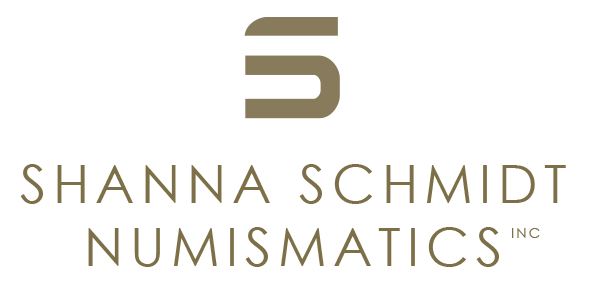Roman Empire, Italy. Maximianus Herculius, 286–305 AD Rome, c. 285-286 AD
Roman Empire, Italy. Maximianus Herculius, 286–305 AD Rome, c. 285-286 AD
BI Quinarius, 1.55g (15mm, 6h).
IMP MAXIMIANVS P F AVG Laureate, draped and cuirassed bust r. / IOVI CONSERVAT AVGG Jupiter standing l., holding thunderbolt in r. hand and sceptre in l.; in exergue, B.
Pedigree: From the collection of Carl Subak
References: C 354 var. RIC 519 var. (unlisted officina). King 31a corr. (this coin illustrated).
Grade: Nice large flan for issue with full border visible. Slightly rough surfaces. Rare denomination. EF for issue
re1431
Scroll down for more information about this coin.
The quinarius, introduced in the late Republic as a half-denarius, had largely fallen into disuse by the late 2nd century AD, appearing only sporadically thereafter. By the time of Maximianus, the denomination was essentially ceremonial or donative rather than circulating widely. Its small module and silvered billon composition illustrate the late 3rd-century decline of traditional silver issues.
This specimen, struck early in Maximianus’ reign (c. 285–286), is particularly notable for its rarity: quinarii of the Tetrarchic period are seldom encountered, and issues from Rome with officina marks such as B are even scarcer, in this case not recorded in RIC. The reverse type-Iovi Conservat Augg-underscores the centrality of Jupiter as guardian of the Augusti, reflecting the divine sanction claimed by both Diocletian and Maximianus as co-emperors.
Collectors prize these late quinarii both for their historical resonance and for their scarcity: they represent the twilight of a denomination that had once been a staple of Roman silver coinage but by the late 3rd century had become an imperial curiosity. The present coin, illustrated in King’s seminal study of quinarii, is a particularly important example, with its fine pedigree to the renowned Carl Subak collection-the most comprehensive assemblage of quinarii ever formed.

